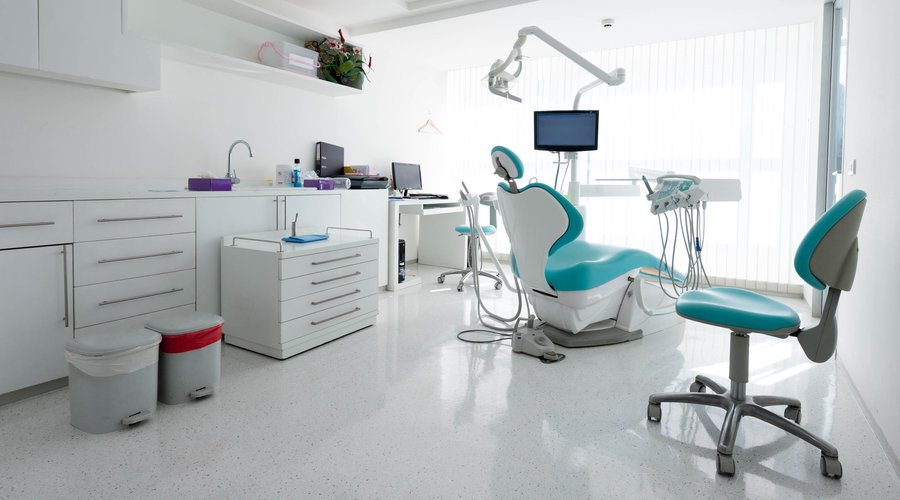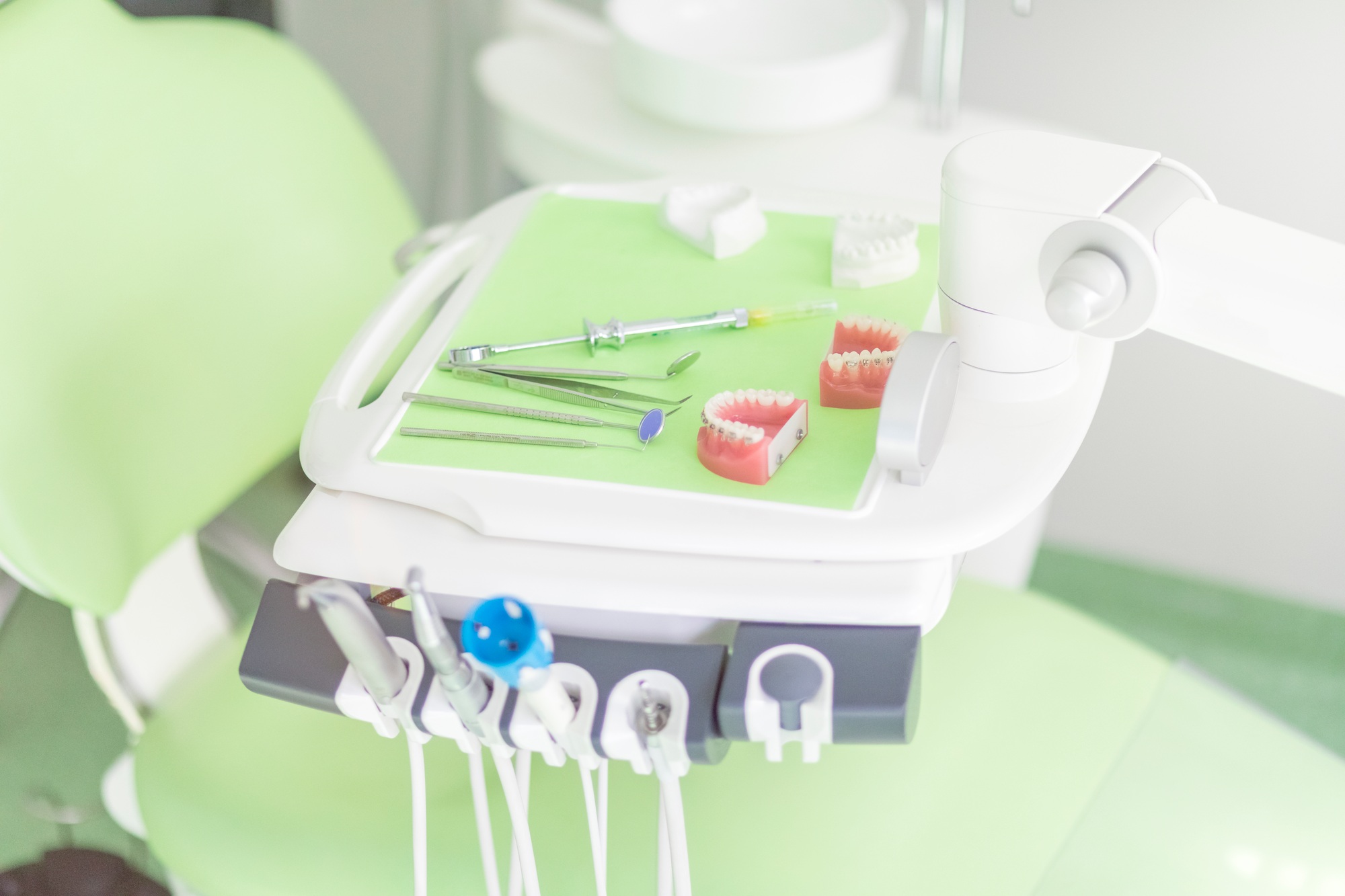Investing in Quality Dental Equipment
Selecting the right dental equipment is a crucial decision that impacts patient care, clinic efficiency, and long-term success. With advancements in technology, dental professionals have access to a wide range of equipment, making it essential to evaluate key factors before making a purchase. Here’s a comprehensive guide to help you choose the best dental equipment for your practice.
1. Assess Your Practice’s Needs
Before investing in new equipment, consider your practice’s specific needs. Are you a general dentist, orthodontist, or oral surgeon? The type of services you offer will determine the necessary equipment. For example, a general dental practice may prioritize digital X-ray systems, sterilization units, and high-speed handpieces, while a specialist in implantology may require advanced imaging technology like CBCT scanners.
2. Prioritize Quality and Durability
High-quality dental equipment is an investment that ensures reliability and longevity. Look for reputable brands with a track record of producing durable and efficient machines. Reading reviews, checking warranties, and consulting with industry peers can help you make an informed decision. Cheap or low-quality equipment may lead to frequent repairs and additional costs in the long run.
3. Consider Ergonomics and Comfort
Both patient comfort and practitioner ergonomics should be taken into account when selecting dental chairs, operator stools, and handpieces. Adjustable, well-cushioned chairs improve the patient experience, while lightweight and ergonomically designed tools help reduce strain on the dentist’s hands and back during long procedures.
4. Stay Updated with Technology
Modern dental equipment enhances efficiency, accuracy, and patient satisfaction. Investing in digital radiography, intraoral scanners, and 3D printing technology can streamline procedures and improve diagnostic precision. Cutting-edge tools not only set your practice apart but also contribute to better patient outcomes.
5. Evaluate Maintenance and Support Services
Reliable after-sales support and easy access to replacement parts are critical when purchasing dental equipment. Choose suppliers that offer maintenance plans, training, and responsive customer service to ensure your equipment remains in top condition. Preventative maintenance can help avoid unexpected breakdowns that disrupt patient care.
6. Consider Your Budget and Financing Options
Balancing quality with affordability is key. While high-end equipment can be expensive, many suppliers offer financing options or leasing programs to help manage costs. Investing in essential, high-quality equipment initially and gradually upgrading as your practice grows is a smart strategy.
7. Compliance with Safety and Regulatory Standards
Ensure that any equipment you purchase complies with local health and safety regulations. In many regions, dental equipment must meet specific standards for sterilization, radiation exposure, and infection control. Checking certifications and regulatory approvals can help you avoid legal and operational issues.
Making the Right Choice
Choosing the right dental equipment requires careful consideration of your practice’s needs, budget, and long-term goals. By investing in high-quality, technology-driven, and ergonomic tools, you can enhance patient care, improve efficiency, and set your clinic up for long-term success.
If you’re looking for expert guidance on selecting the best dental equipment, consult with industry professionals and suppliers who can provide tailored recommendations for your practice’s unique needs.


